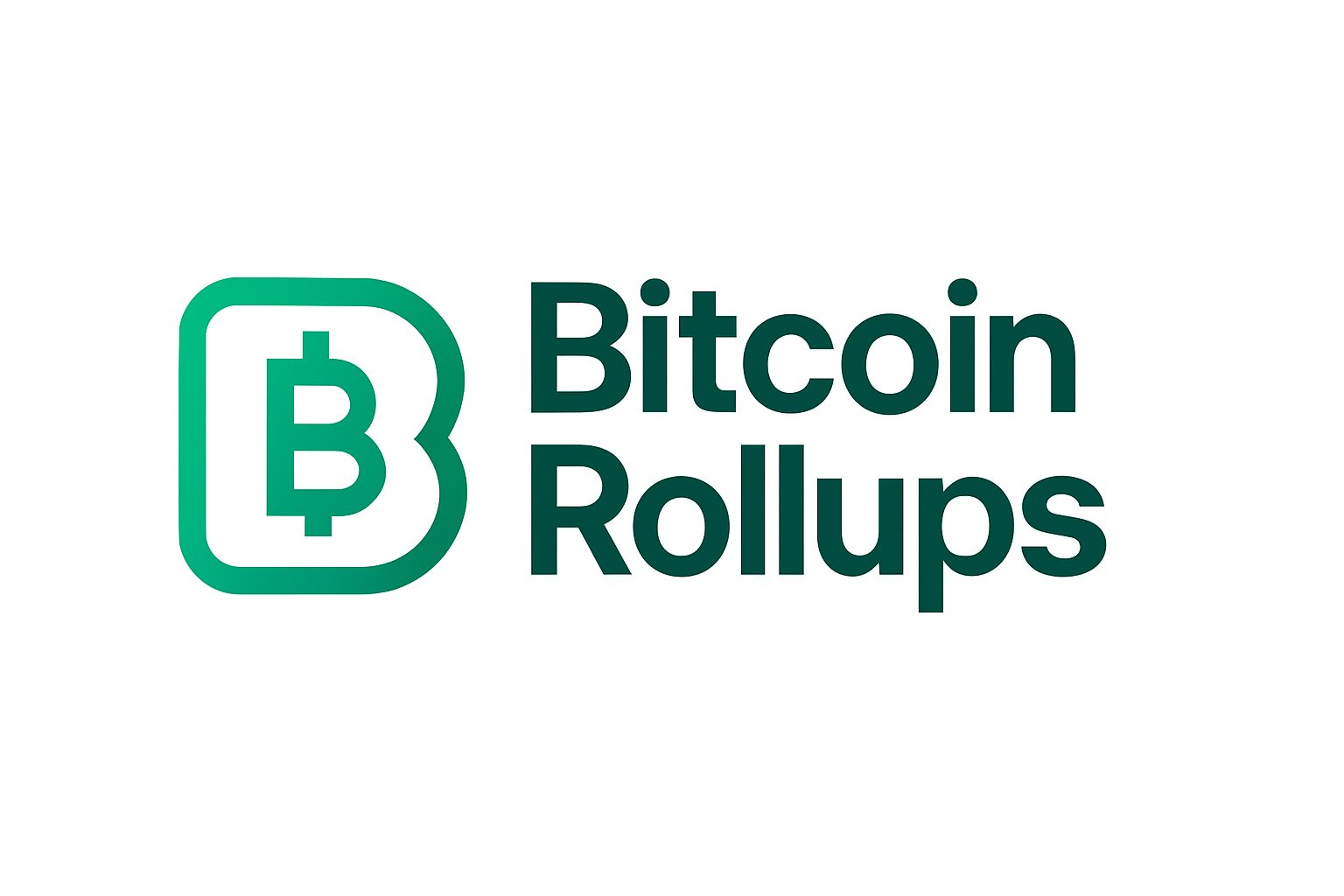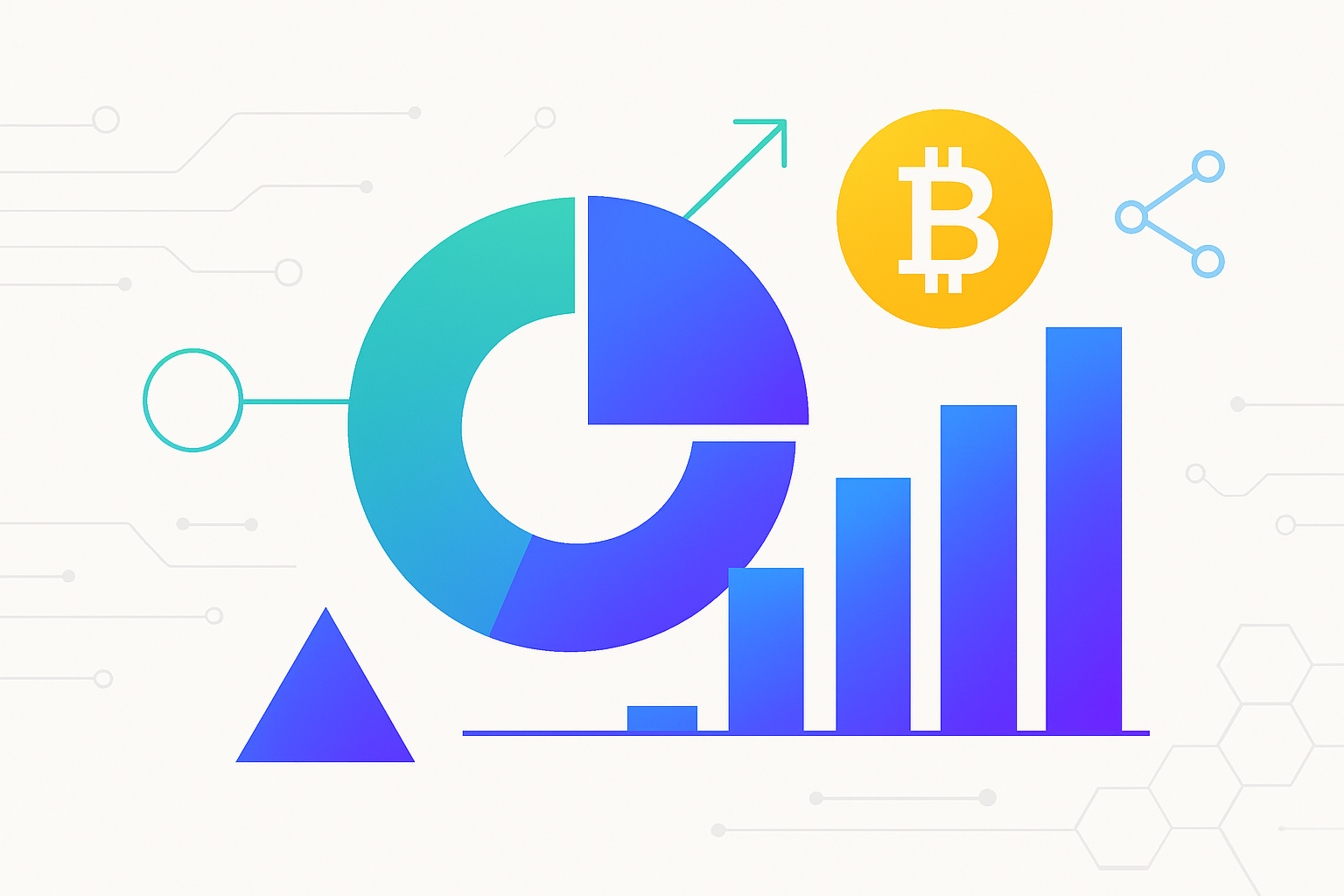
In 2025, Bitcoin’s scaling landscape is being transformed by the emergence of decentralized proof-of-compute networks, a paradigm shift that addresses the computational and trust bottlenecks at the heart of zero-knowledge (ZK) rollups. With Bitcoin currently trading at $91,738.00, the need for robust, scalable solutions has never been more urgent. The market’s appetite for privacy-preserving, cost-efficient, and decentralized transaction processing is driving rapid innovation, most notably in how validity proofs are generated and verified.
Why Decentralized Proof-of-Compute Matters for Bitcoin Rollups
Traditional ZK rollup architectures often depend on centralized actors or specialized hardware to handle the intensive computations required for generating cryptographic proofs. This centralization creates single points of failure and limits scalability, contradicting the core ethos of Bitcoin. In response, 2025 has seen a surge in decentralized proof-of-compute networks that distribute these workloads across thousands of independent nodes. Projects like CrowdProve and Brevis ProverNet are pioneering this approach by orchestrating communities of provers, including those with modest hardware, to collaboratively generate validity proofs with performance rivaling centralized systems.
This evolution is not just technical; it is fundamentally reshaping incentives and security models within the Bitcoin ecosystem. Decentralized networks reduce reliance on trusted third parties and mitigate censorship risks, while also opening up new economic opportunities for participants who contribute compute power. For a deep dive into how these proving networks are solving blockchain verification bottlenecks, see this analysis.
Key Innovations in ZK Rollup Infrastructure
The move toward decentralized computation is enabling a wave of new rollup solutions tailored to Bitcoin’s unique constraints. Boundless, incubated by RISC Zero, stands out with its mainnet launch on Base, a platform that connects developers with independent provers via a zero-knowledge compute marketplace. This system introduces Proof of Verifiable Work: provers are rewarded based on computational throughput, speed, and complexity handled. Such mechanisms democratize participation while maintaining high security standards.
Meanwhile, Syscoin’s zkDA (a collaboration with Polyhedra Network and NodeKit) integrates smart contract execution directly with data availability rollup architecture, streamlining scalability for Bitcoin-based dApps without sacrificing decentralization or privacy. Merlin’s zk-rollup leverages Polygon’s zkEVM infrastructure to bring advanced scaling to Bitcoin; while currently relying on centralized proof generation via Lumoz, it plans imminent migration to decentralized networks as mainnets mature.
The Market Impact: Scaling Beyond $91,000 BTC
With Bitcoin holding above $91,000, institutional attention is increasingly focused on solutions that can support high-throughput applications without compromising security or decentralization. Decentralized proof-of-compute networks directly address these demands by reducing both latency and operational costs associated with batch transaction validation in rollups.
Bitcoin (BTC) Price Prediction 2026–2031
Professional outlook considering decentralized proof-of-compute networks and zero-knowledge rollup advancements (2025 baseline: $91,738)
| Year | Minimum Price | Average Price | Maximum Price | Expected % Change (Avg) | Market Scenario Insights |
|---|---|---|---|---|---|
| 2026 | $79,000 | $98,000 | $130,000 | +7% | Potential correction after 2025 highs; ZK rollup adoption consolidates, macro uncertainty persists |
| 2027 | $86,000 | $112,000 | $155,000 | +14% | New institutional entrants; broader ZKP adoption in DeFi/AI; regulatory clarity improves |
| 2028 | $94,000 | $130,000 | $190,000 | +16% | Next Bitcoin halving; decentralized compute networks mature; global monetary policy shifts |
| 2029 | $110,000 | $152,000 | $240,000 | +17% | Major ZK-powered Bitcoin dApps; Layer-2 and rollup interoperability peak; competition from other blockchains |
| 2030 | $125,000 | $178,000 | $295,000 | +17% | Mainstream integration of Bitcoin ZK rollups; new privacy and scalability use cases drive demand |
| 2031 | $136,000 | $209,000 | $350,000 | +17% | BTC as digital reserve asset; robust decentralized compute; potential new regulatory frameworks |
Price Prediction Summary
Bitcoin is positioned for steady long-term growth, with average prices projected to nearly double by 2031, underpinned by advances in decentralized proof-of-compute and zero-knowledge rollup technologies. While 2026 may see consolidation or mild correction after recent highs, the maturing ZK ecosystem and mainstream adoption of privacy and scaling solutions are likely to drive significant gains, especially post-2028 Bitcoin halving. However, volatility remains, and both bullish and bearish scenarios are reflected in the min/max ranges.
Key Factors Affecting Bitcoin Price
- Rapid evolution and adoption of decentralized proof-of-compute and ZK rollup technologies for Bitcoin scaling and privacy.
- Bitcoin halving cycles (next in 2028) historically drive renewed bullish momentum.
- Increasing institutional adoption, especially with regulatory clarity and new financial products.
- Competition from other blockchains with advanced ZK and scaling solutions.
- Potential for new regulatory frameworks affecting privacy and decentralized compute.
- Broader macroeconomic factors, including inflation, global liquidity, and monetary policy.
- Emergence of novel Bitcoin-based applications (DeFi, AI, data sharing) leveraging ZK infrastructure.
Disclaimer: Cryptocurrency price predictions are speculative and based on current market analysis.
Actual prices may vary significantly due to market volatility, regulatory changes, and other factors.
Always do your own research before making investment decisions.
This shift is also enabling new use cases, ranging from privacy-first DeFi protocols to interoperable cross-chain bridges, all powered by zero-knowledge proofs anchored in Bitcoin’s robust consensus layer. For more context on how zero-knowledge technology fundamentally enhances security in rollups, refer to this technical resource.
Decentralized proof-of-compute networks are not only making zero-knowledge Bitcoin rollups more efficient, they are also broadening access to the network’s economic upside. By allowing a diverse set of participants, ranging from hobbyists with consumer-grade GPUs to professional operators using custom ASICs, to contribute to proof generation, these protocols are building a more resilient and censorship-resistant infrastructure. The rise of ComputeFi models, where compute power is commoditized and traded much like liquidity in DeFi, is an especially notable trend for 2025.

One of the most significant competitive advantages of this model is its ability to maintain high throughput even during periods of network congestion. As transaction volumes surge alongside Bitcoin’s price, now at $91,738.00: the capacity for decentralized networks to dynamically scale compute resources ensures that rollup fees remain predictable and low. This stands in stark contrast to legacy architectures where centralized bottlenecks often result in volatile gas prices and degraded user experience.
Security and Incentive Alignment in Decentralized ZK Rollups
Security remains paramount as the value secured by Bitcoin rollups grows. Decentralized proof networks such as Brevis ProverNet and Boundless have introduced robust incentive mechanisms that reward honest computation while penalizing malicious actors through cryptographic slashing conditions. These designs minimize the risk of collusion or data withholding attacks, a critical consideration for institutional users allocating capital at today’s market levels.
Furthermore, the composability enabled by decentralized ZK hardware is fostering a new era of application development on Bitcoin. Developers can now integrate privacy-preserving features and scalable off-chain logic without compromising on trust assumptions or liveness guarantees. For a technical exploration into hardware acceleration’s role in this evolution, see this resource.
What’s Next for zkBTC Scaling?
The trajectory for zkBTC scaling in 2025 points toward ever-increasing decentralization and interoperability. With projects like CrowdProve demonstrating that even modest hardware can meaningfully participate in proof generation, barriers to entry are lower than ever before. The convergence of open-source software stacks, standardized cryptographic primitives, and permissionless compute marketplaces is setting the stage for an explosion of innovation across Bitcoin Layer 2 ecosystems.
Looking ahead, expect further integration between decentralized compute networks and native Bitcoin smart contract protocols as demand for complex DeFi primitives grows. Privacy-preserving applications, long considered impractical on Bitcoin, are now within reach thanks to advances in zero-knowledge technology and distributed proving architectures.
This new paradigm not only enhances scalability but also aligns incentives across developers, node operators, and end-users, all while preserving Bitcoin’s foundational principles of openness and neutrality. The revolution underway in decentralized proof-of-compute networks signals a maturing market ready to support mainstream adoption at scale.
- Explore how decentralized proving networks power next-gen ZK rollups: Read more here
- Dive deep into technical aspects of Bitcoin rollup scalability: Technical deep dive





